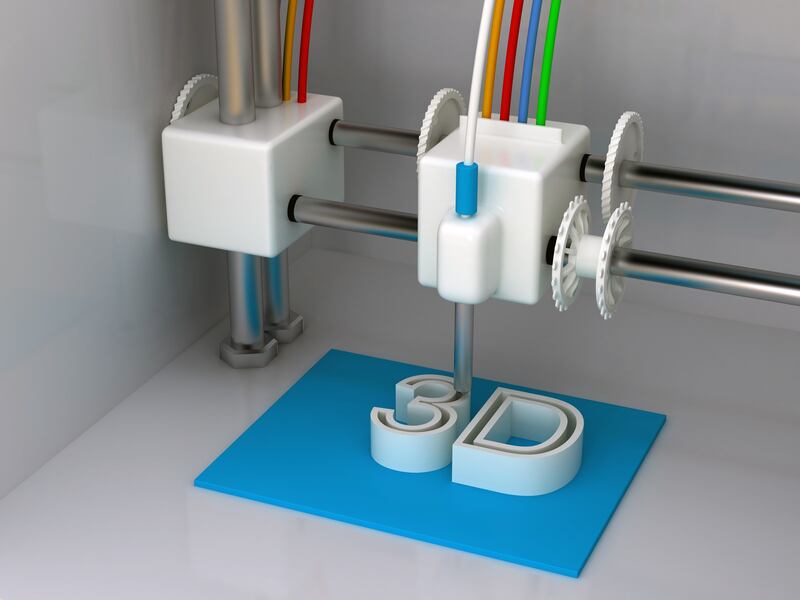The researchers, from Massachusetts Institute of Technology (MIT) Tangible Media Group, believe the edible films could be stacked together and shipped to consumers, then moulded into their final shape later, when immersed in water.
“We did some simple calculations, such as for macaroni pasta, and even if you pack it perfectly, you still will end up with 67 percent of the volume as air,” said Dr Wen Wang, a co-author on the paper and a former graduate student and research scientist in MIT’s Media Lab.
“We thought maybe in the future our shape-changing food could be packed flat and save space.”
Dr Wang’s inspiration stems from the concept of ‘flat packaging,’ a term coined by Swedish furniture makers IKEA.
Their approach enables the company to benefit from low shipping costs due to compactness of the 2D segments while maintaining the desired function and appearance of the 3D end products.
In a research paper, the team reveal a similar approach for the food industry, in which 2D edible segments transform in the kitchen into 3D structures, which bring different textures and eating experiences to diners.
Along with an enrichment to the eating experience, the researchers also hope to achieve programmable food transformations that contribute to the evolution of more cost-effective food manufacturing and futuristic dining cultures.
“We feel that their most immediate applications will be found in upgrading quality of compact foods that are widely used in outdoor activities,” the paper added.
Gelatine selected

Dr Wang’s research looks into edible 2D films made of common food materials such as protein, cellulose or starch.
The team settled on gelatine as the ingredient dissolves well in solution before the gelation process.
Gelatine materials at different molecular weights are commercially available as are the different sources such as porcine skin and cattle bones.
Practical reasons to its selection include the high flatness of the gelatine-air surface and its low attachment to the supporting holder (e.g. petri dish).
The gelatine is then moulded into flat, two-layer films made of two different densities. The top layer is more densely packed, and thus able to absorb more water, than the bottom.
When the entire structure encounters water, the top layer bends over the bottom layer, creating an arch shape.
The researchers eventually settled on strips of edible cellulose over the top gelatine layer, created using a 3-D printer.
‘Democratise noodle design’
“The cellulose strips naturally absorb very little water, acting as a water barrier, controlling the amount of water that the top gelatine layer is exposed to,” the study noted.
“By printing cellulose in various patterns onto gelatine, they could predictably control the structure’s response to water and the shapes that it ultimately assumed.”
“This way you can have programmability,” added Dr Lining Yao, lead author and former MIT graduate student.
“You ultimately start to control the degree of bending and the total geometry of the structure.”
The research team then went on to produce a range of different shapes from the gelatine films. Examples include macaroni- and rigatoni-like configurations, as well as shapes that take after flowers and horse saddles.
Along with 3-D printing, the paper also outlines ways in which consumers could also reproduce similar effects with more commonly available techniques, like screenprinting.
“We envision that the online software can provide design instructions, and a start-up company can ship the materials to your home,” Dr Yao said.
“With this tool, we want to democratise the design of noodles.”
Source: Explorative engineering
Published online ahead of print: doi.org/10.1145/3025453.3026019
“Transformative Appetite: Shape-Changing Food Transforms from 2D to 3D by Water Interaction through Cooking.”
Authors: Wen Wang, Lining Yao, Teng Zhang, Chin-Yi Cheng, Daniel Levine, Hiroshi Ishii
